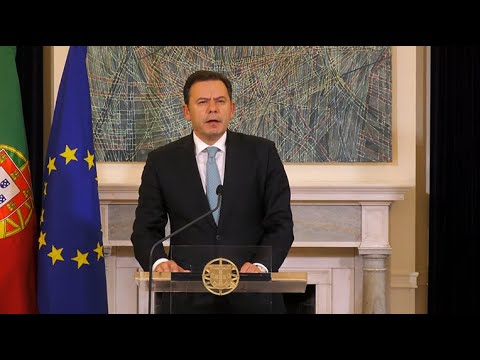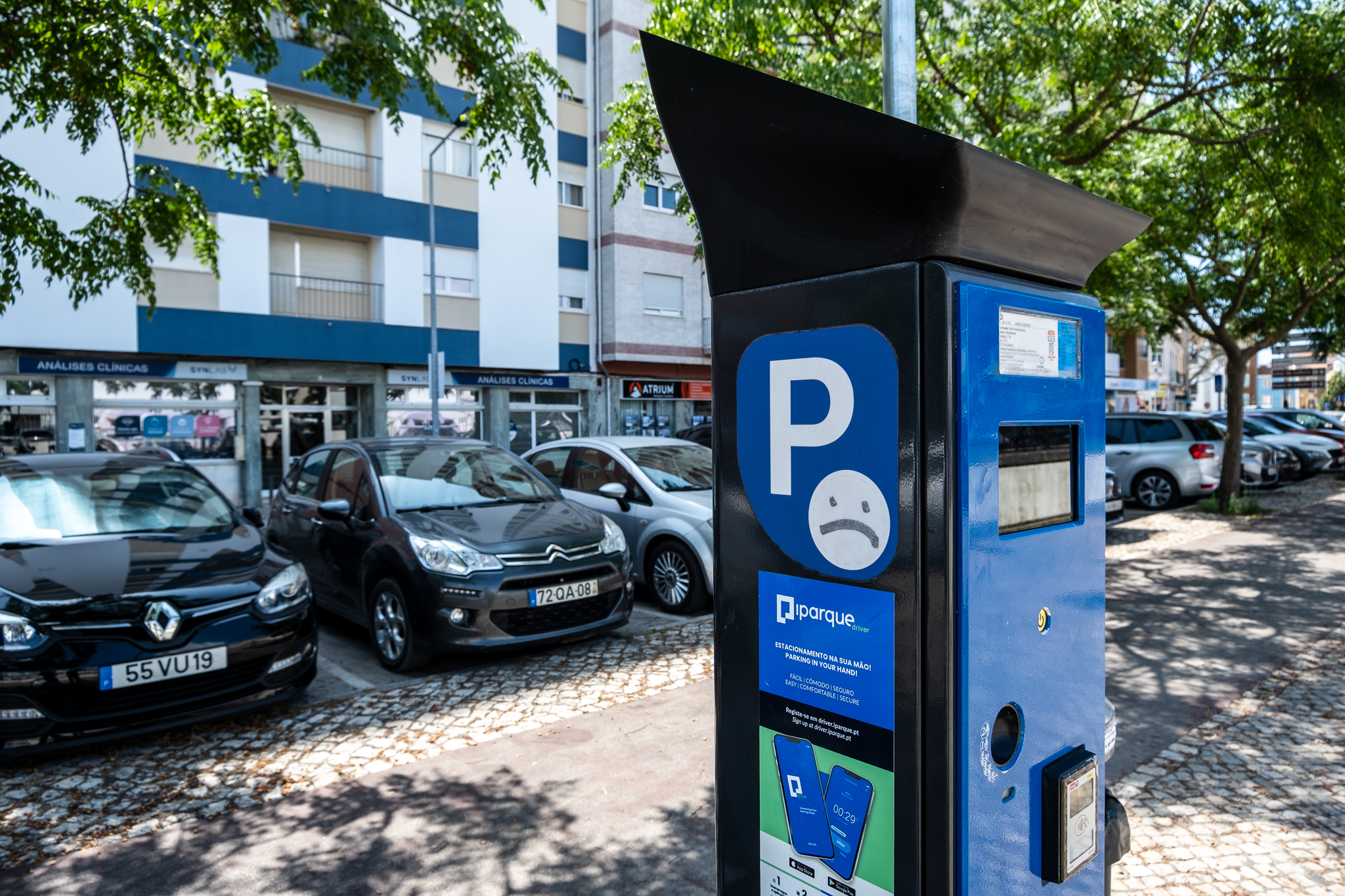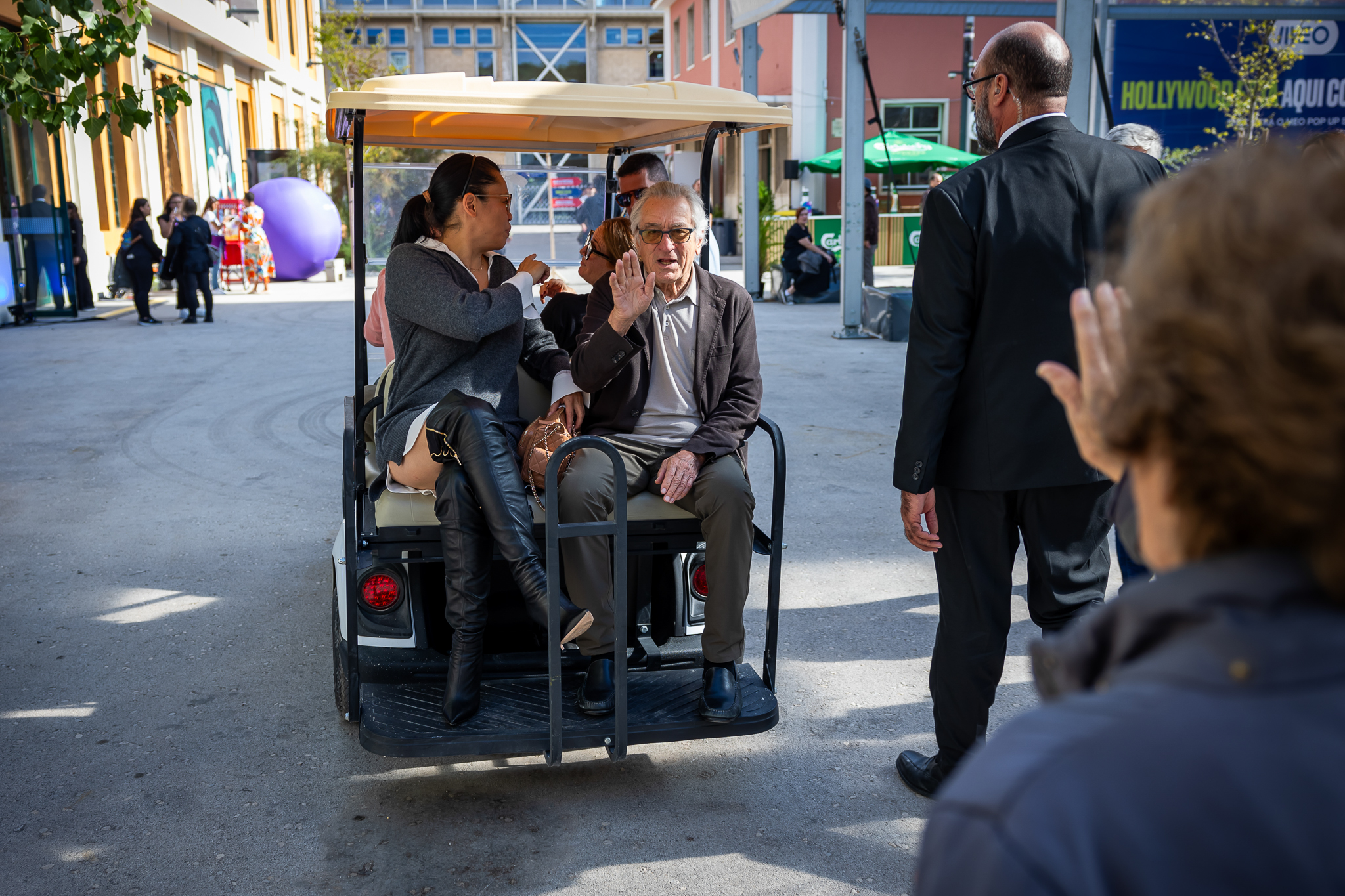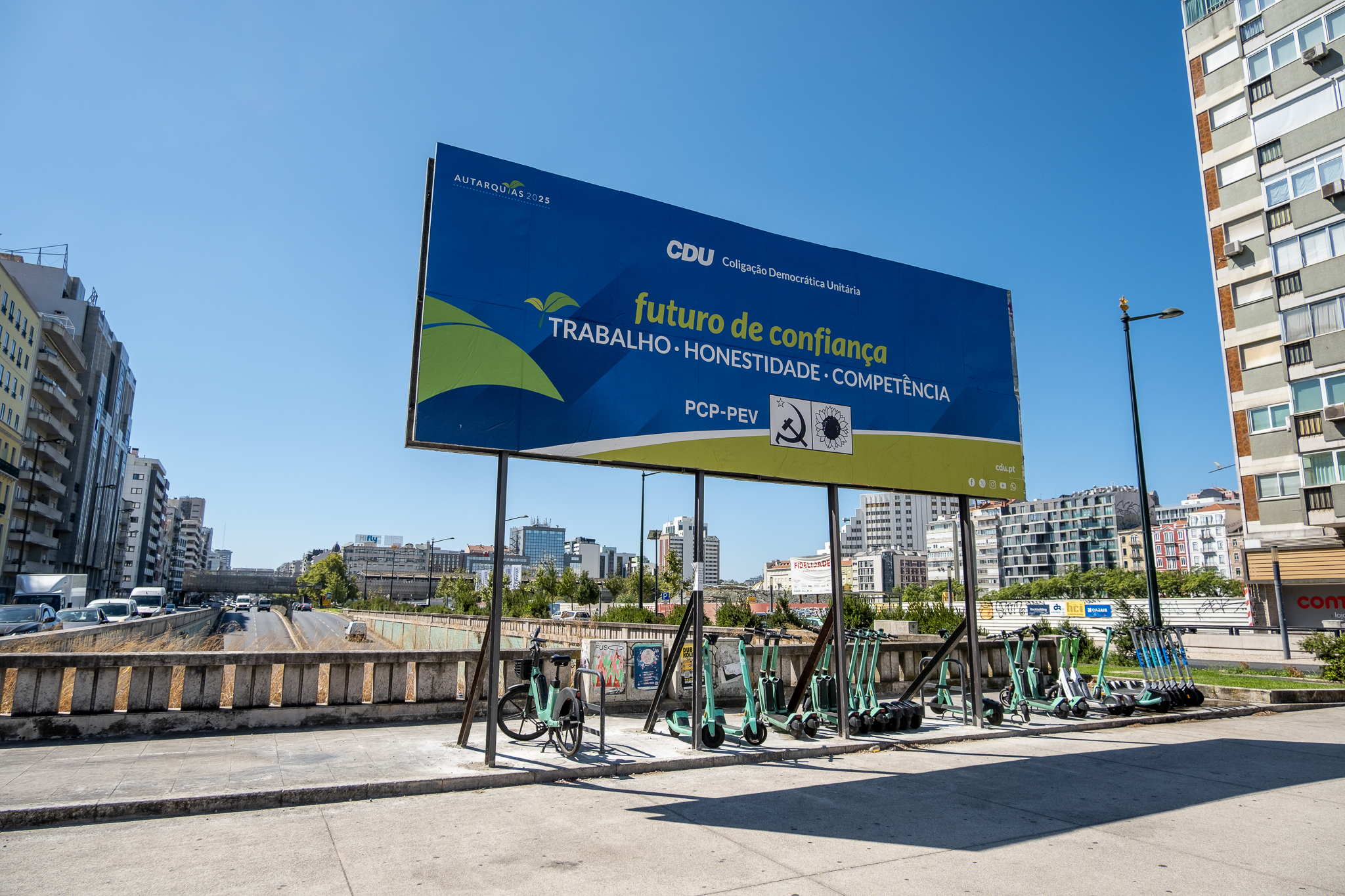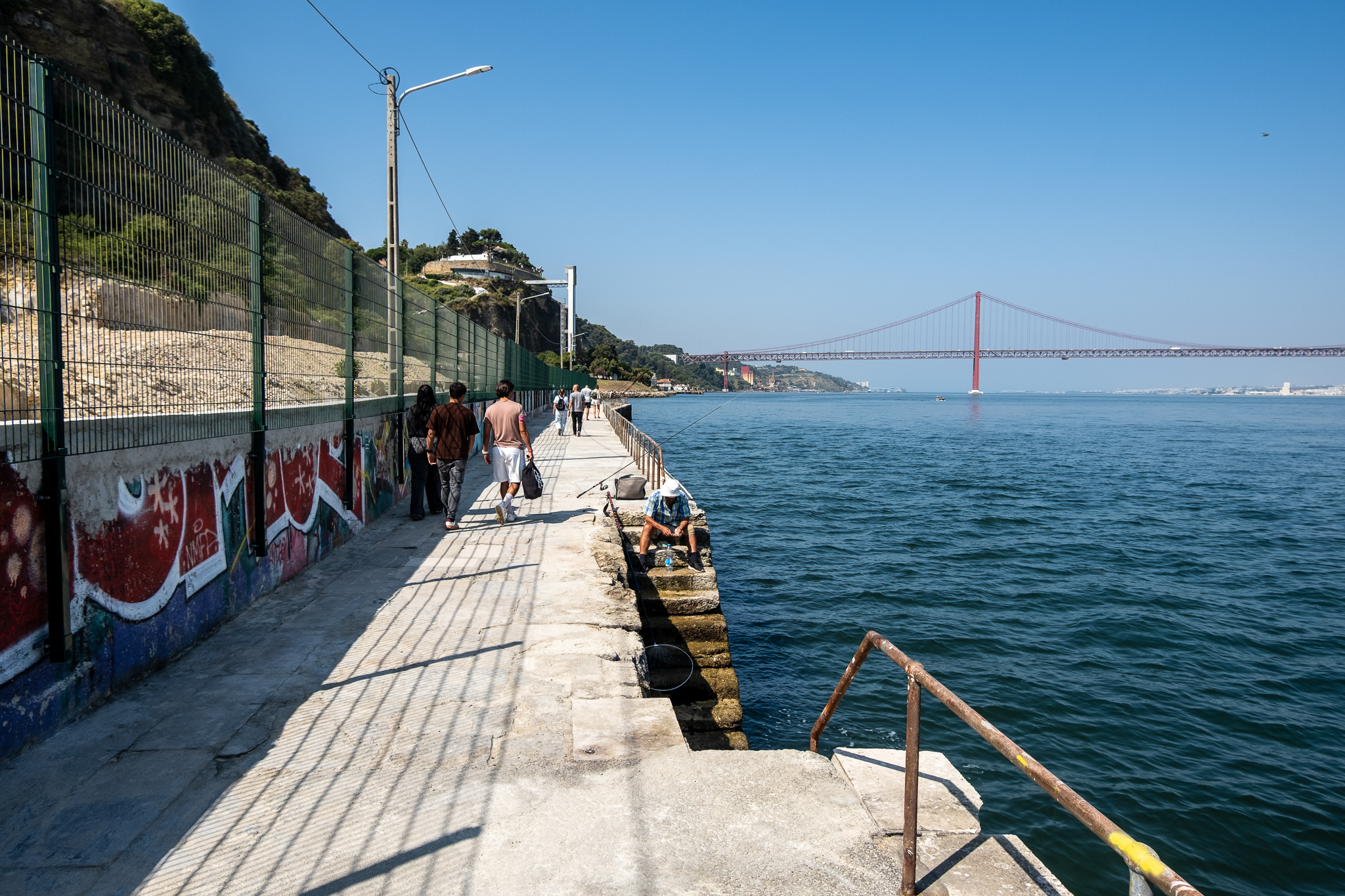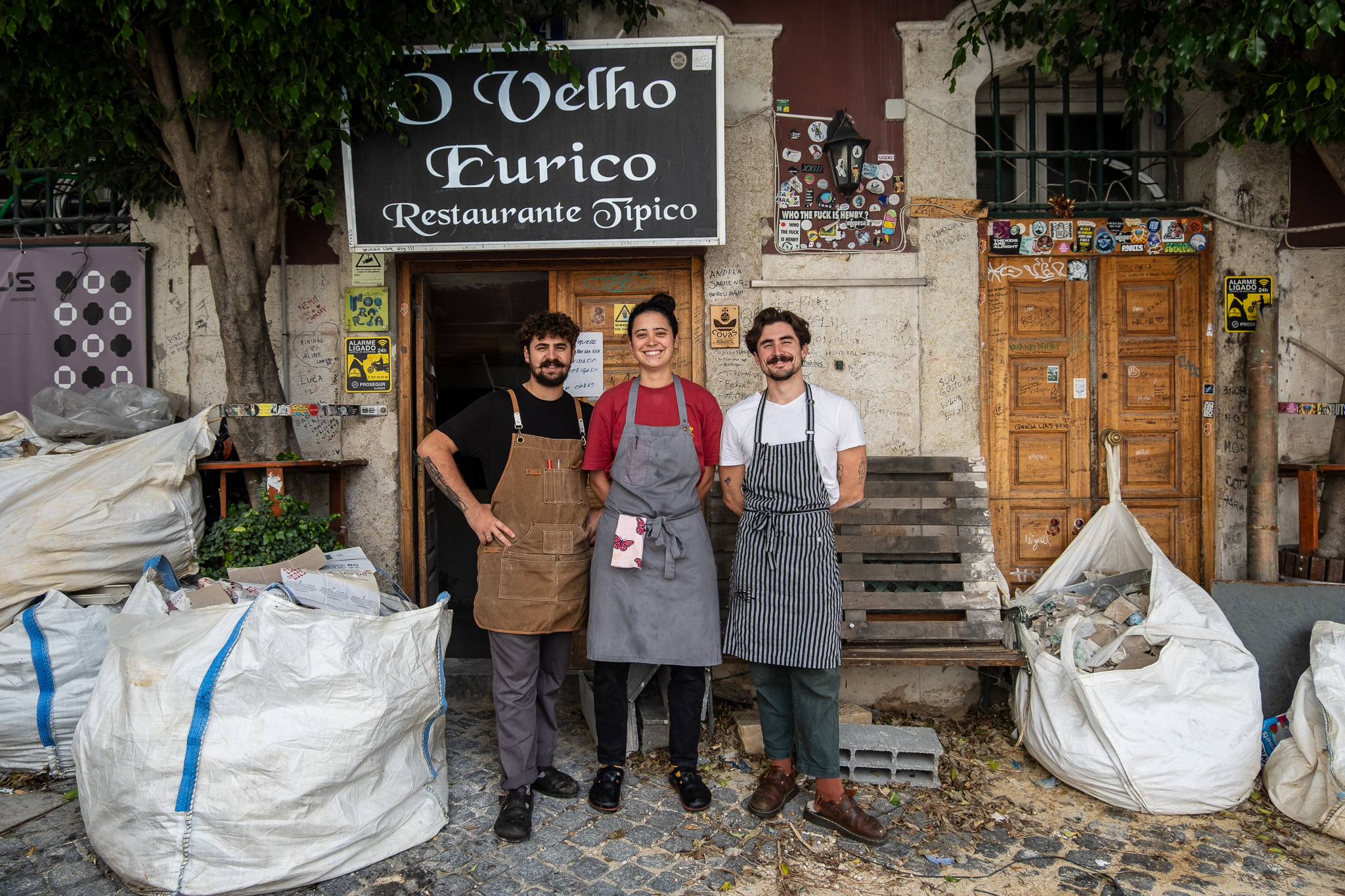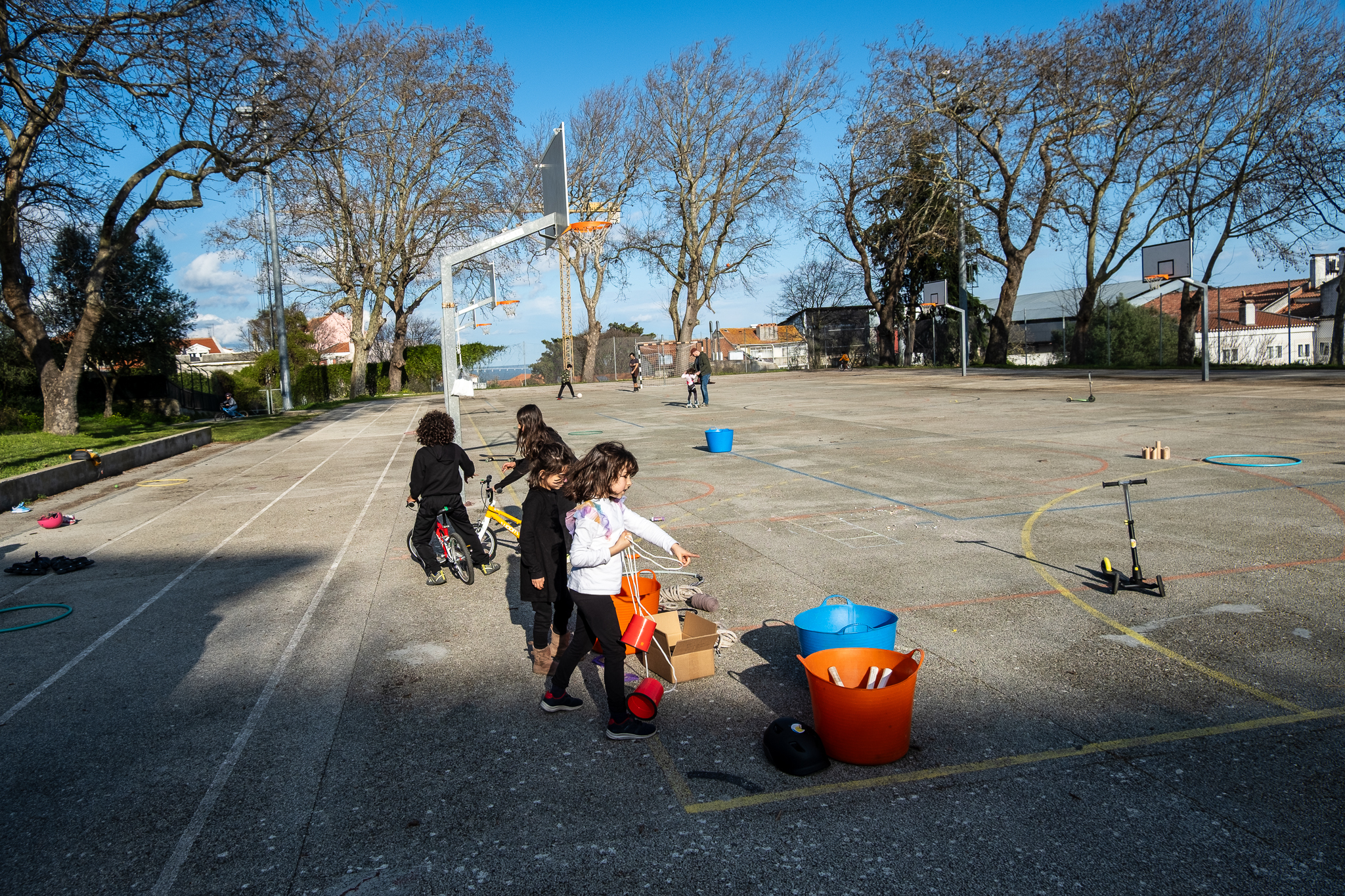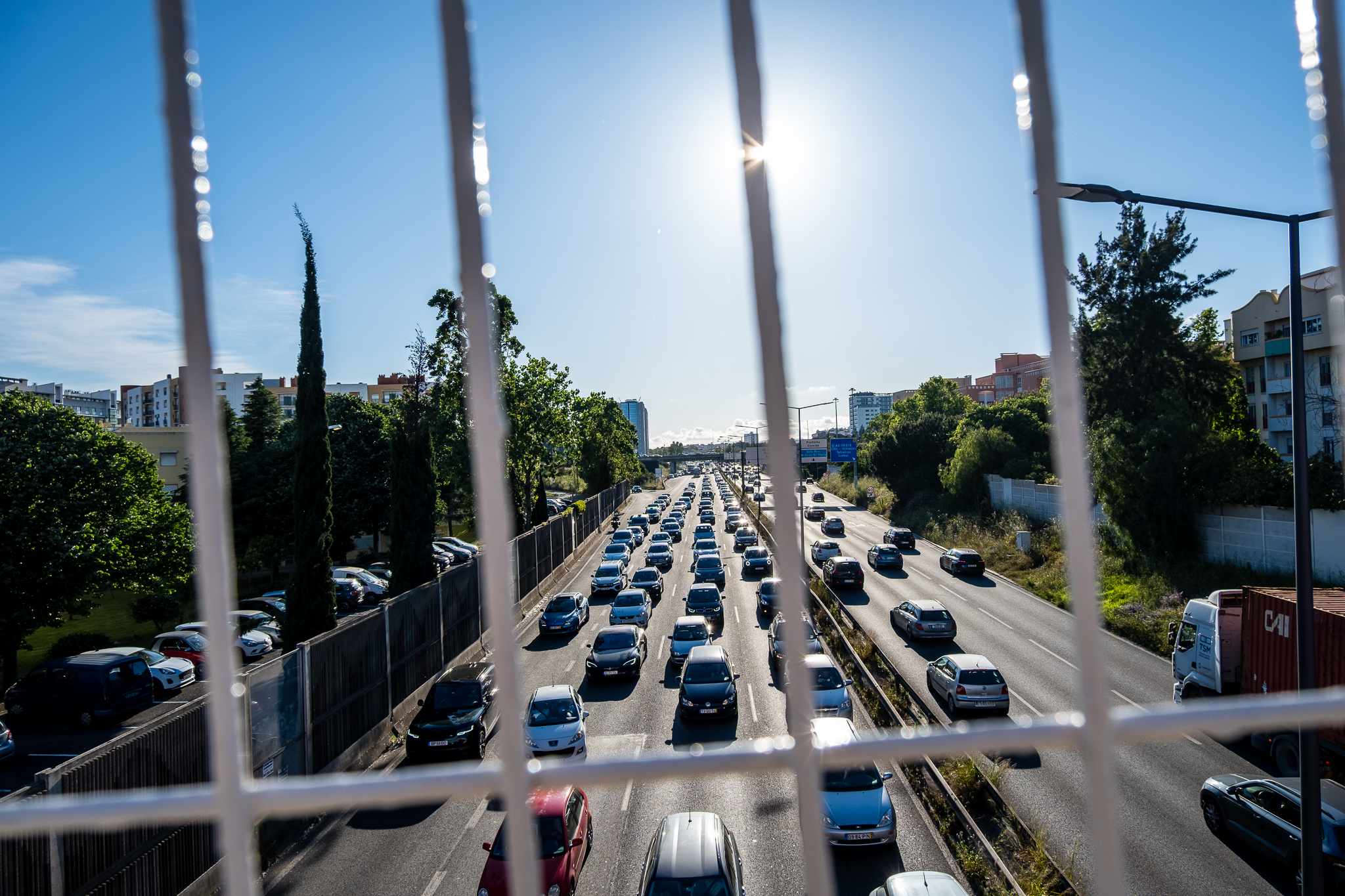The Alcochete Shooting Range was the location chosen by the government for the New Lisbon Airport, which is to be named Luís de Camões. Luís Montenegro's government also decided to prioritize the Third Tagus Crossing (TTT) and the high-speed rail link (LAV) between Lisbon and Madrid.
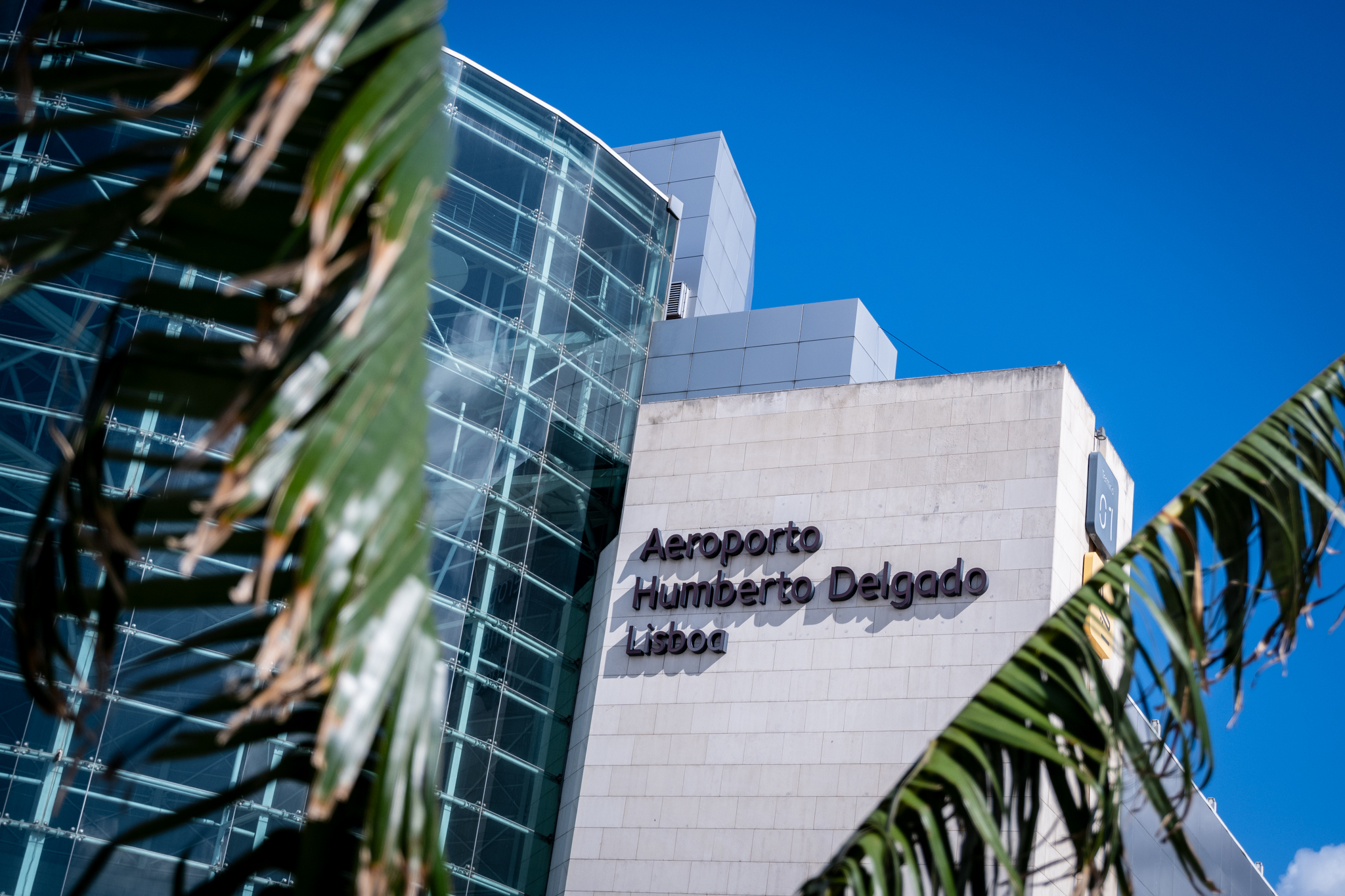
It is about a kind of package of major infrastructures, long awaited by the country and the Lisbon Metropolitan Areaa new airport to replace the Portela airport in Alcochete; a new road and rail bridge between Chelas and Barreiro, and the construction of a new rail line between Lisbon and Évora to enable a high-speed link between Lisbon and Madrid.
The new Lisbon Airport
After 50 years of indecision - and after work launched by António Costa's government to study the location of the New Lisbon Airport (NAL) - the decision has now been made by Luís Montenegro's government: the New Lisbon Airport to be built at Alcochete Shooting Rangein Samora Correia. Humberto Delgado Airport will be temporarily maintained, slightly increasing its capacity, until the new airport is operational.
The location of the new air infrastructure in Alcochete follows the recommendation of the Independent Technical Commission (CTI), led by Maria do Rosário Partidário, which at Costa's request studied various locations, including Vendas Novas and Montijo. According to Montenegro's government, "The Alcochete Shooting Range has advantages over Vendas Novas, as it is located entirely on public land (Vendas Novas requires expropriation, representing an additional burden), it already had an Environmental Impact Declaration (currently expired), it is closer to the center of Lisbon (requiring less time and travel costs) and it is closer to the main road and rail routes (allowing traffic to be removed from the center of Lisbon)".
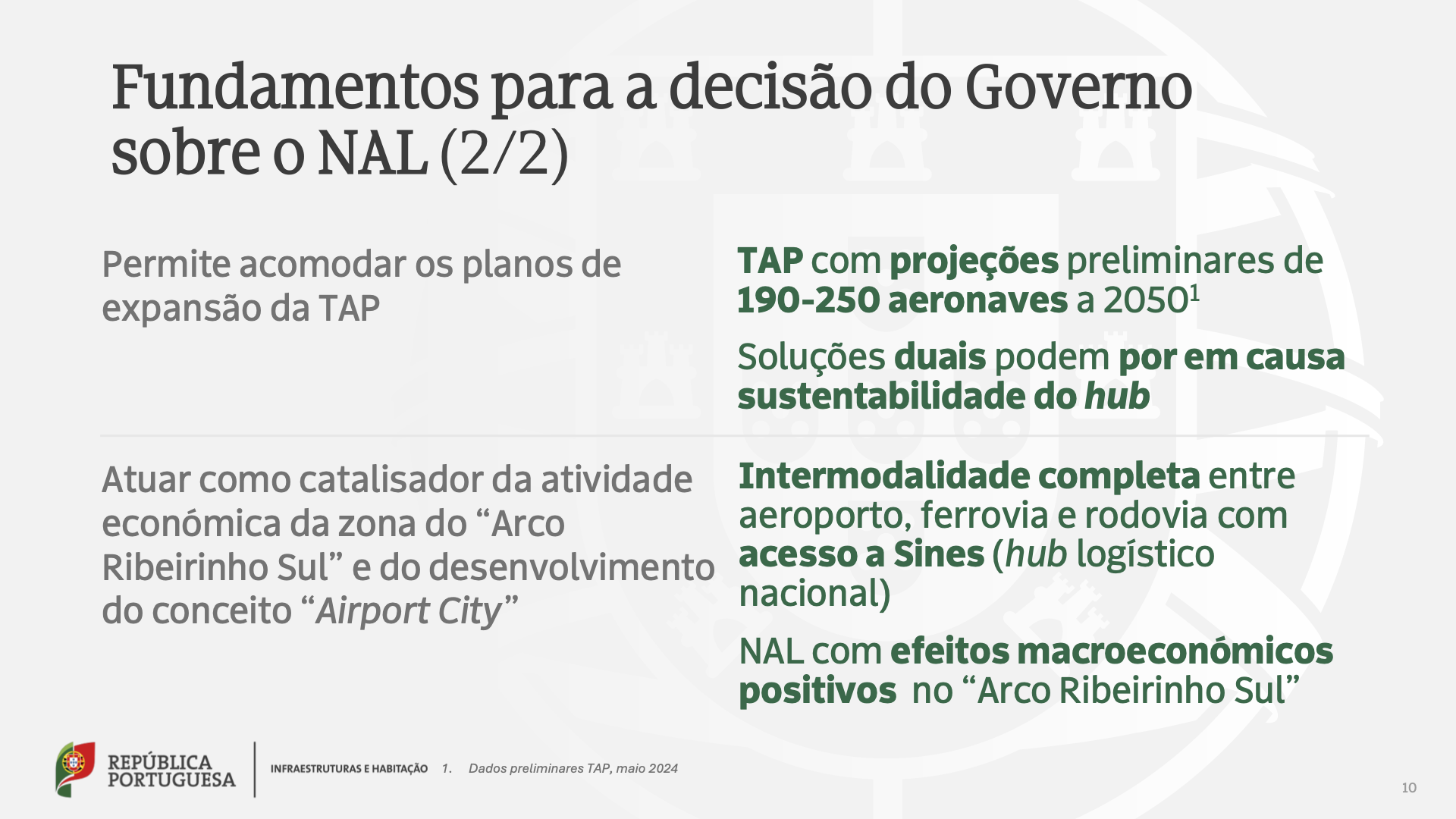
The choice of a single airport is intended to "mitigate the environmental and social impact on the Lisbon region, since the two-airport solution doubles the negative environmental effects and the single solution is located in areas with low population density". The government points out that Lisbon is the second European capital with the most inhabitants exposed to aircraft noise.
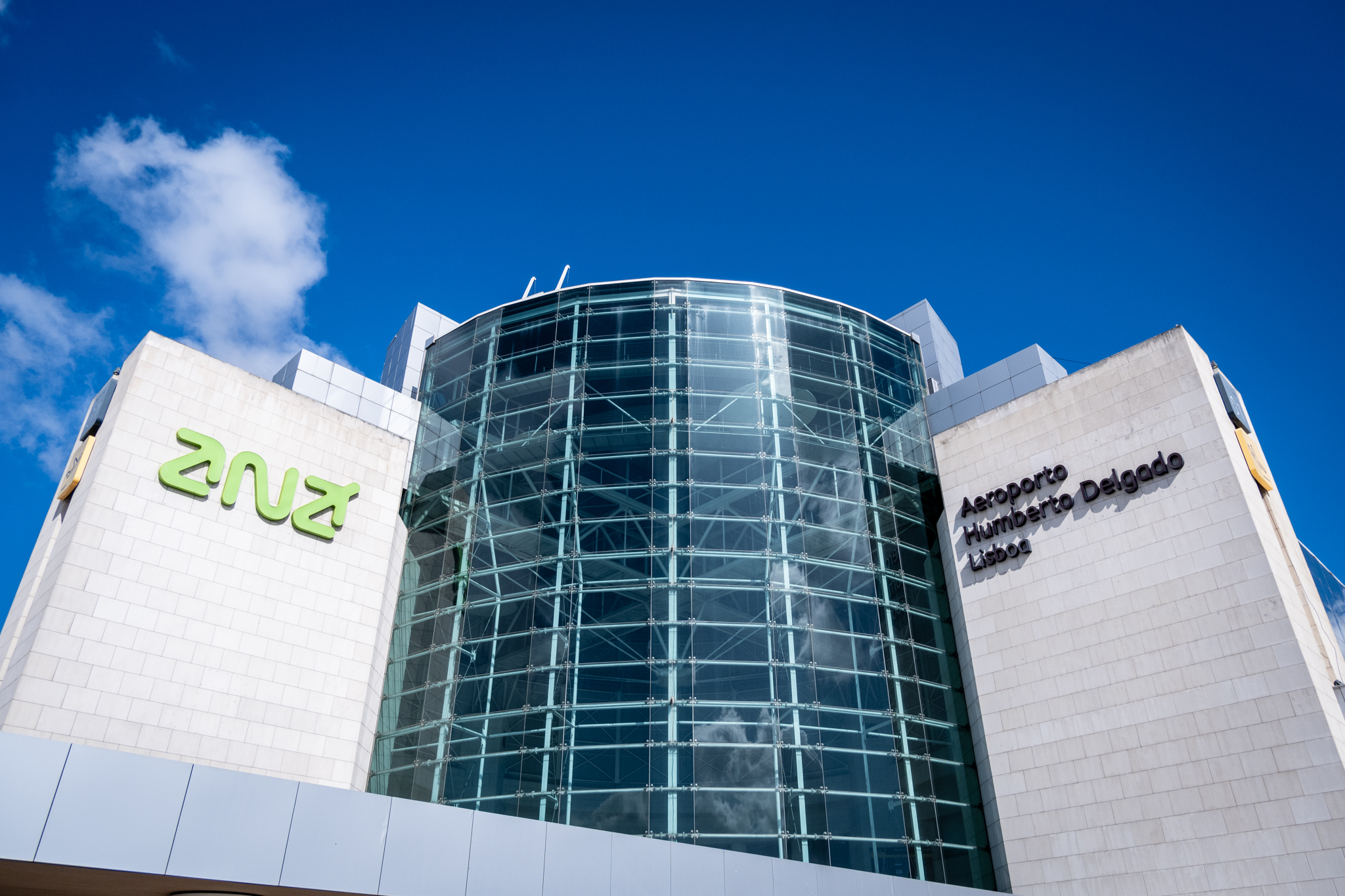
The new Lisbon Airport will be the region's only airport when it is fully built and operational, and should be designed to be expandable (accommodating long-term demand), stimulating agglomeration economies and integrated with other accessibility projects. The airport is to be built with two runways, with a capacity for 90 to 95 movements per hour, and the possibility of expanding to four runways, for an estimated passenger traffic that could exceed 100 million by 2050.
The new airport, which will be named Luís de Camões Airport, will also make it possible to accommodate TAP's expansion plans, with preliminary projections of 190-250 aircraft by 2050. The infrastructure will also act as a catalyst for economic activity in the Arco Ribeirinho Sul area (the coast between Alcochete and Almada), due to the planned intermodality between the airport, rail and road with access to Sines (developing the national logistics hub).
The total cost for two runways is 6 105 million euros (3 231 million euros for the first runway and 2 874 million for the second runway. The first runway should be built in 2030 and the second in 2031. The government is negotiating with concessionaire ANA to shorten the deadlines.
📁 Documents
Temporarily enlarge the Portela
Until Luís de Camões Airport is built, planes will continue to land at Portela. Humberto Delgado Airport will be expanded, as provided for in ANA's concession contract, to 45 movements per hour and investments in terminals and accessibility.
According to the government, Humberto Delgado Airport "is in a situation of operational congestion, being since 2018 above the limits defined by the International Civil Aviation Organization (ICAO)". "The complexity of operations results in delays and low ratings in passenger service evaluations, with 3.5 out of 5 in the service quality questionnaire in 2023. Punctuality on departure was 52.2% in 2022. It is imperative to meet the growing demand in the short term, which is projected to reach 39 million passengers by 2030."
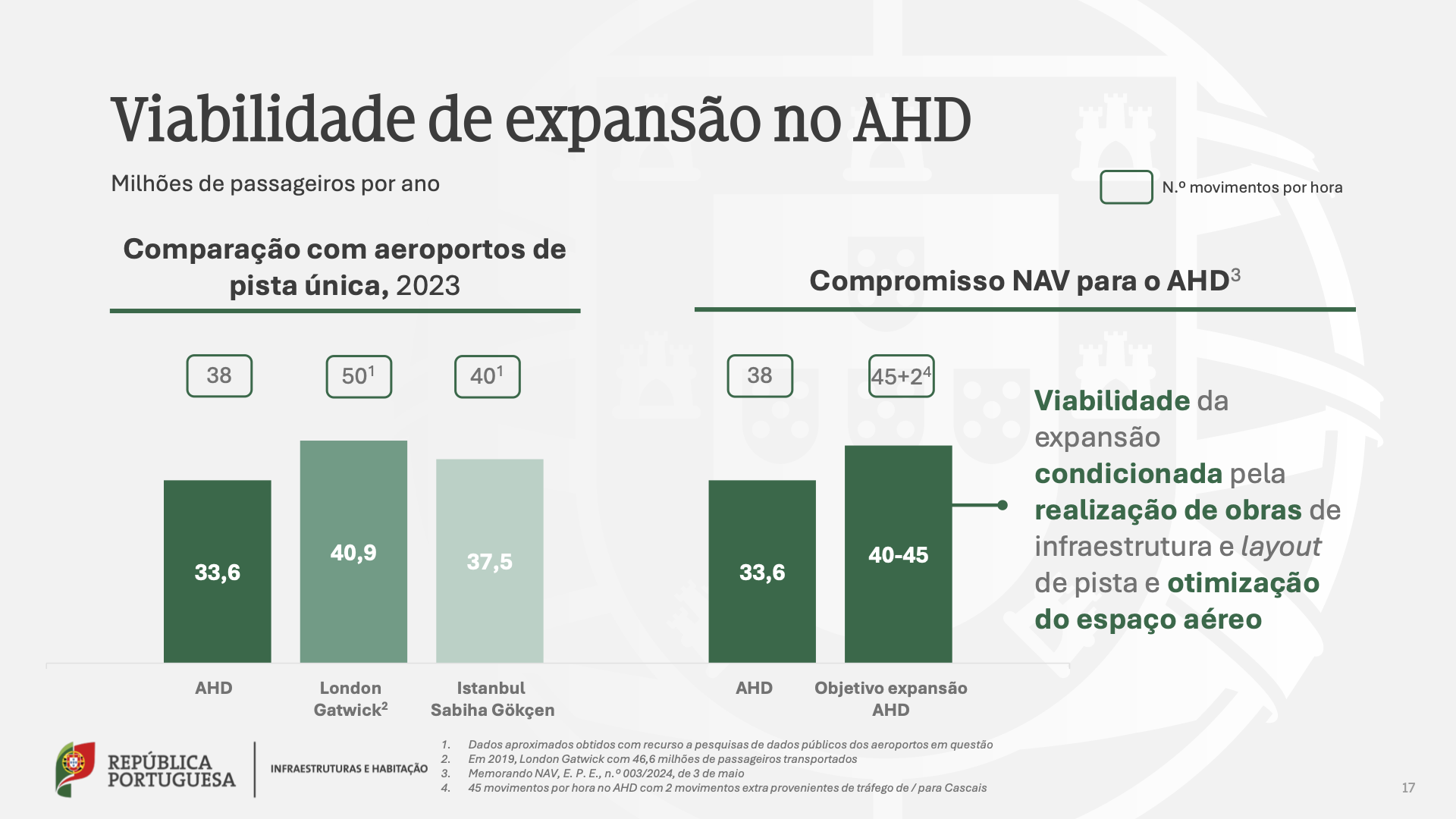
Connecting Lisbon to Madrid by high speed, without giving up connections to Porto and Vigo

The project for the new Lisbon Airport is integrated with the investments in the High Speed Rail Lines (LAV) started by António Costa's government. Montenegro maintains the connections between Lisbon and Porto as a priority, which will allow a journey time of 1h15, as well as the connection between Porto and the Spanish city of Vigo, which will allow a journey time of 50 minutes.
But he added a new priority: Lisbon-Madrid in three hours. A new high-speed rail line between Évora and Elvas is currently under construction and is due to enter service in 2025. But the sections between Évora and Poceirão and between Poceirão and Lisbon remain to be built, along with the long-awaited Third Tagus Crossing (TTT) - these two LAV sections and the TTT should be a reality by 2034. But this will require Infraestruturas de Portugal (IP), the public company that manages and builds the train lines, to study and define the specific routes, carry out the specific studies and find European funding for these projects.
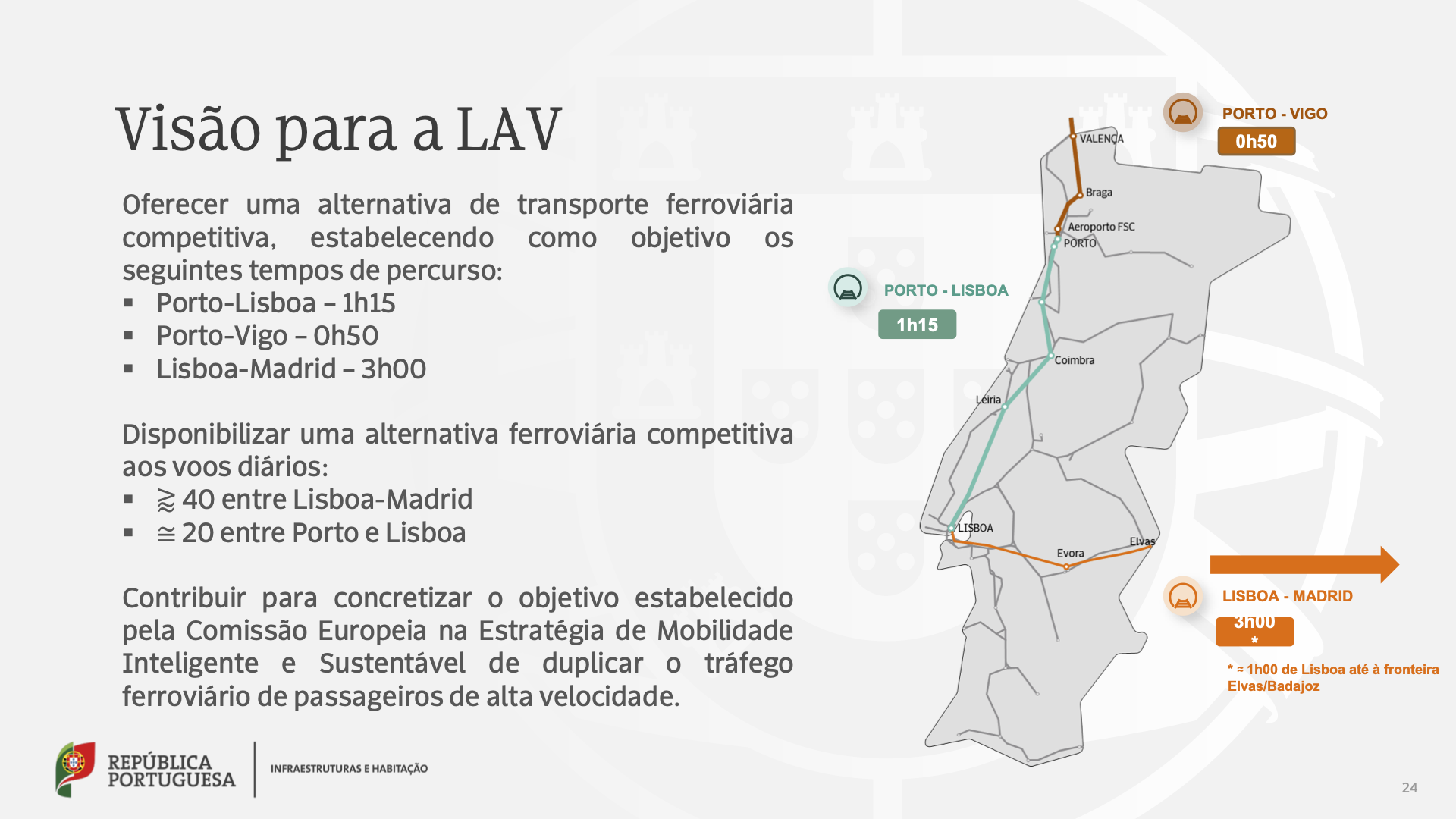
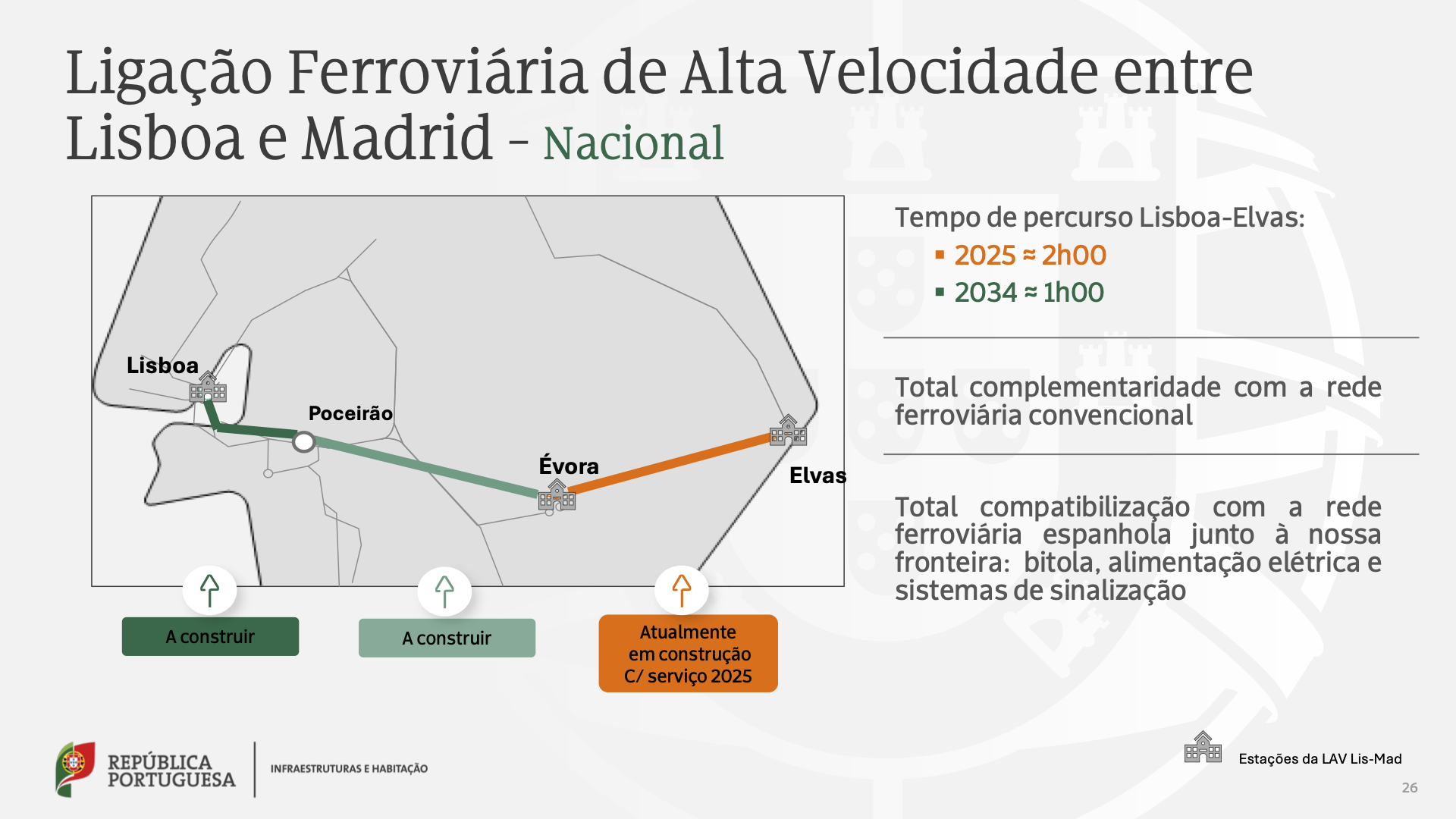
If all goes according to plan, in 2025, the journey time between Lisbon and Elvas should be two hours; in 2034, when the entire route is operational (including the TTT), it should be just one hour. On the route between Lisbon and Madrid, the LAV will reduce the journey time to six hours in 2027 and to three hours in 2034, when the entire route is operational.
The LAV Lisbon-Madrid will have total complementarity with the conventional rail network and with the Spanish rail network near our border: gauge, power supply and signaling systems. On the Spanish side of the line, the Badajoz-Placencia and Toledo-Madrid links have been built; the Placencia-Talayuela link is under construction (which will enter service in 2027); and the Talayuela-Toledo link has yet to be built. The timing of national investments will be made compatible with Spain, to ensure coordinated and timely implementation of the entire project by 2034.
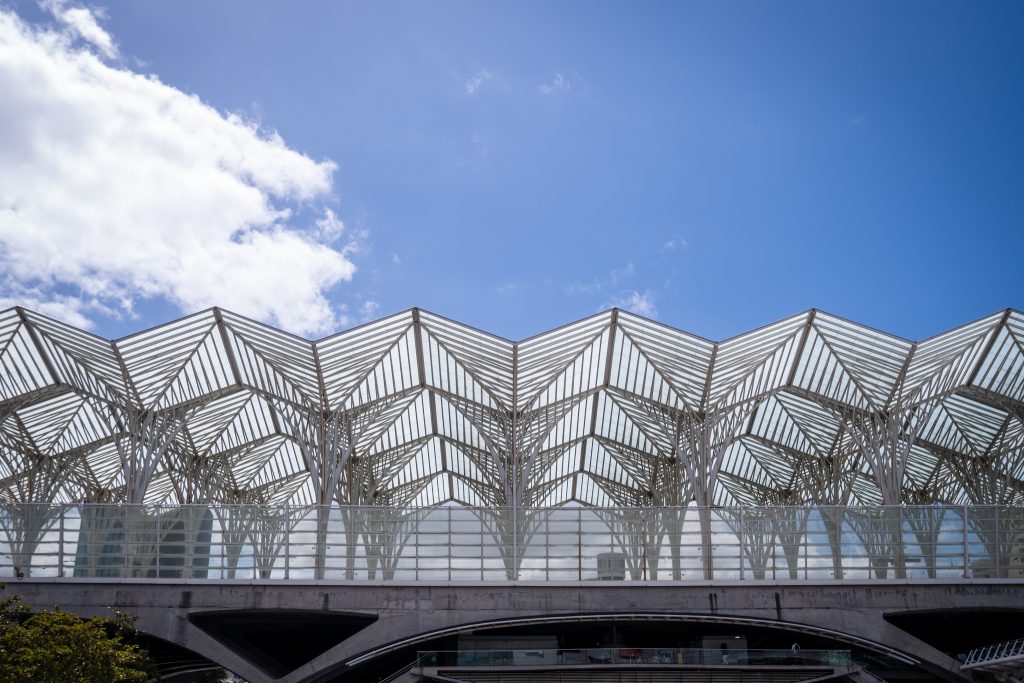
The high-speed rail lines (LAVs) will provide a competitive alternative to daily flights; there are currently around 40 flights between Lisbon and Madrid and around 20 between the capital and Porto. It's worth remembering that in January this year, the tender for the first section of the Lisbon-Porto LAV was launched by António Costa's government; this 70-kilometer section will connect Porto to Oiã, in the Aveiro district. The work is budgeted at 1.95 billion euros and will operate under a Public-Private Partnership (PPP). The second section, estimated at 1.71 billion euros, concerns the stretch between Oiã and Soure, after Coimbra.
"The decision now taken by the Government to speed up the construction of the Lisbon-Madrid LAV is based on the need to decarbonize transport, the transfer to more energy-efficient modes of transport, economic development and territorial and social cohesion"informs the Executive of Luís Montenegro. "This High Speed Link, which complies with the 2030 National Investment Program and the Atlantic Corridor Work Plan, will also provide a decisive boost to the railway sector in Portugal."
Third Crossing of the Tagus

A Third Tagus Crossing (TTT)The new crossing, a long-promised investment, will be both road and rail and will be part of the Lisbon-Madrid LRT. This new crossing, which will be between Chelas and Barreiro, will solve the capacity constraints of the rail infrastructure on connections to the south, and create opportunities for new offers. "In this context, it increases the competitiveness of rail services between Lisbon and the southern region (Alentejo and Algarve) with a reduction of around 30 minutes compared to current routes, as well as more frequent services"says the Montenegro executive.
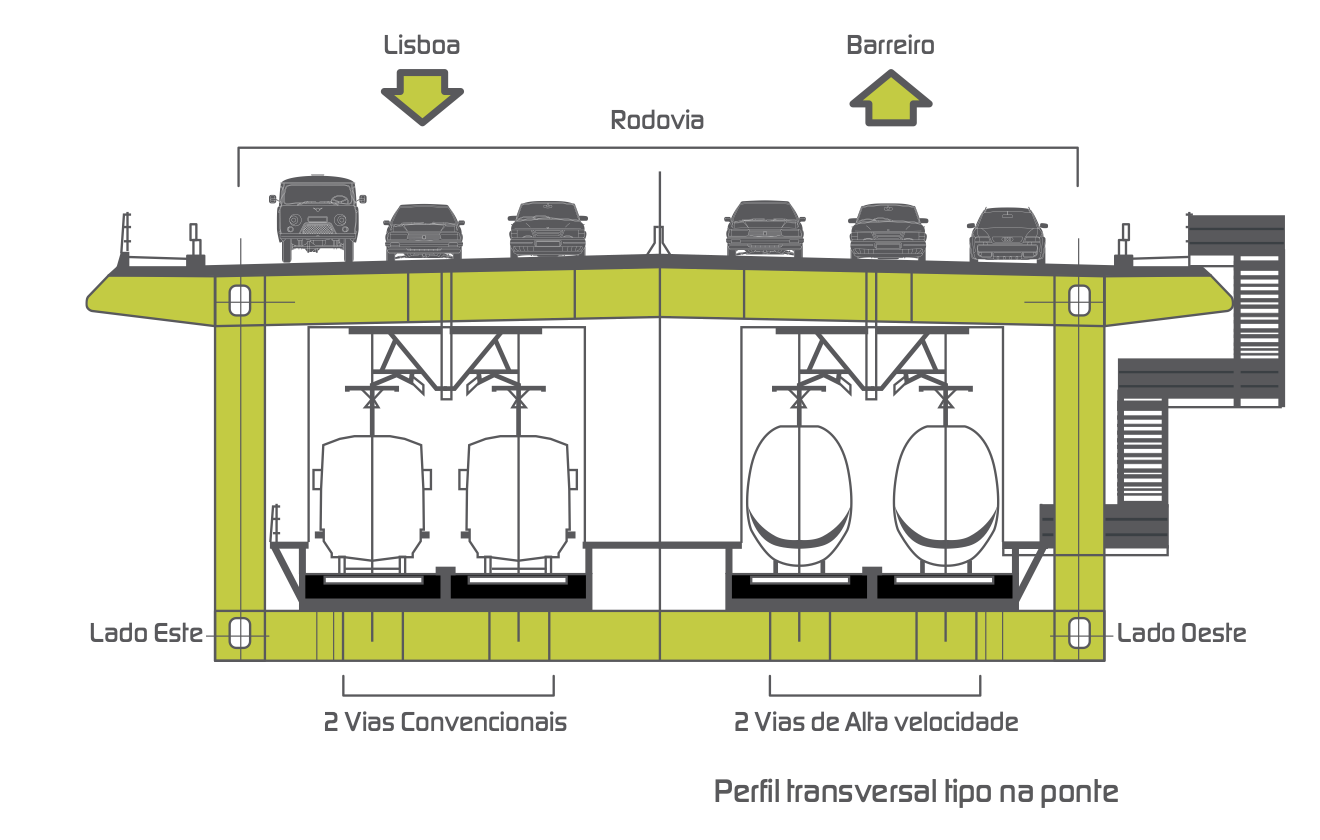
"It reduces the journey time on the Lisbon-Barreiro axis by 10 minutes and on the Lisbon-Setúbal axis by 30 minutes, and also allows for the reinforcement of the suburban rail offer (Cintura and Sintra Lines and the North/South Axis). Finally, it allows unrestricted rail freight traffic."
The new crossing improves territorial cohesion in the Lisbon Metropolitan Area, making it possible to reducing the housing pressure on the municipality of Lisbon and being a factor of economic dynamism in the Arco Ribeirinho Sul.. The TTT is also considered essential for access to the new Lisbon Airport, to be located at the Alcochete Shooting Range.
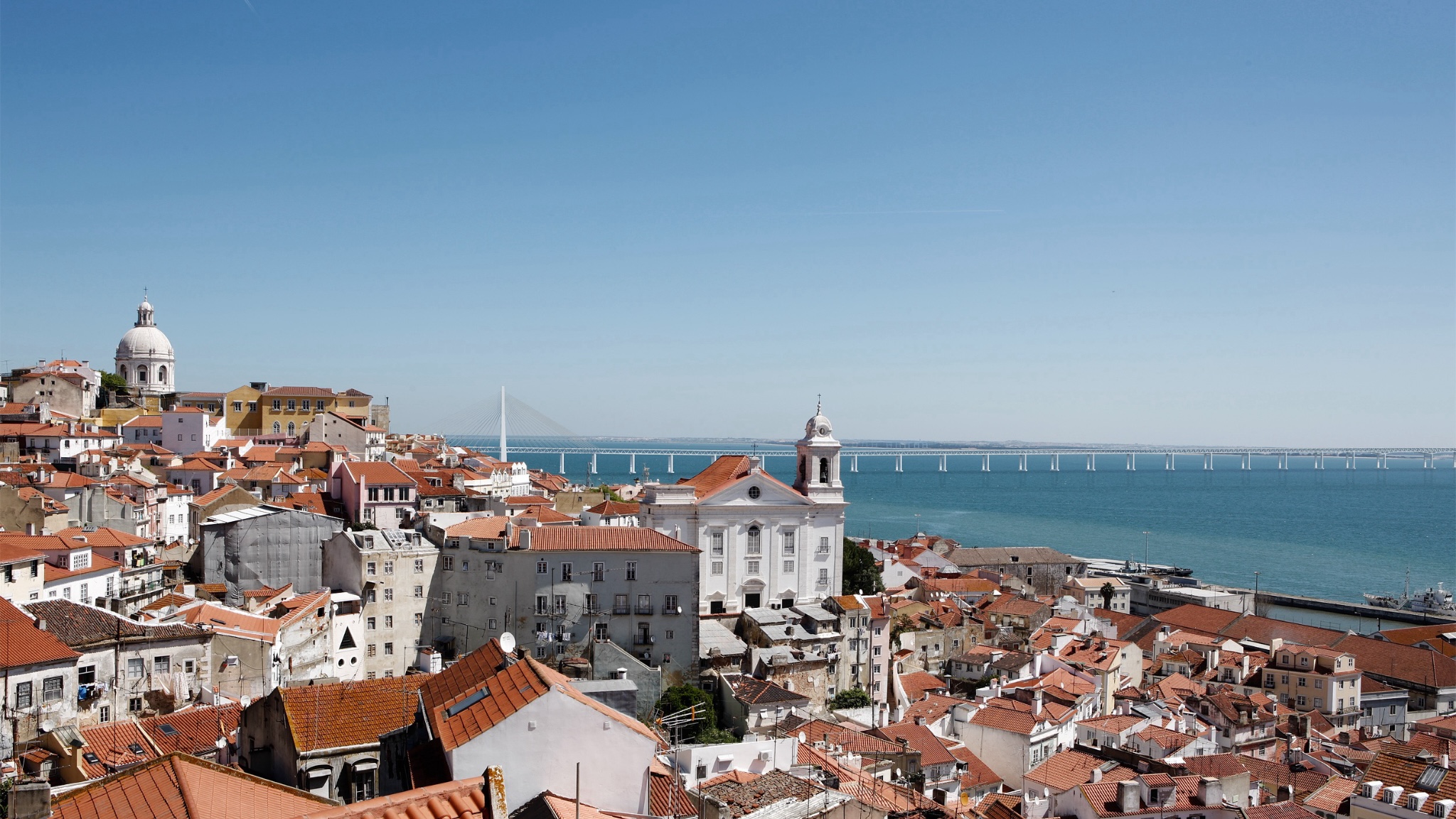
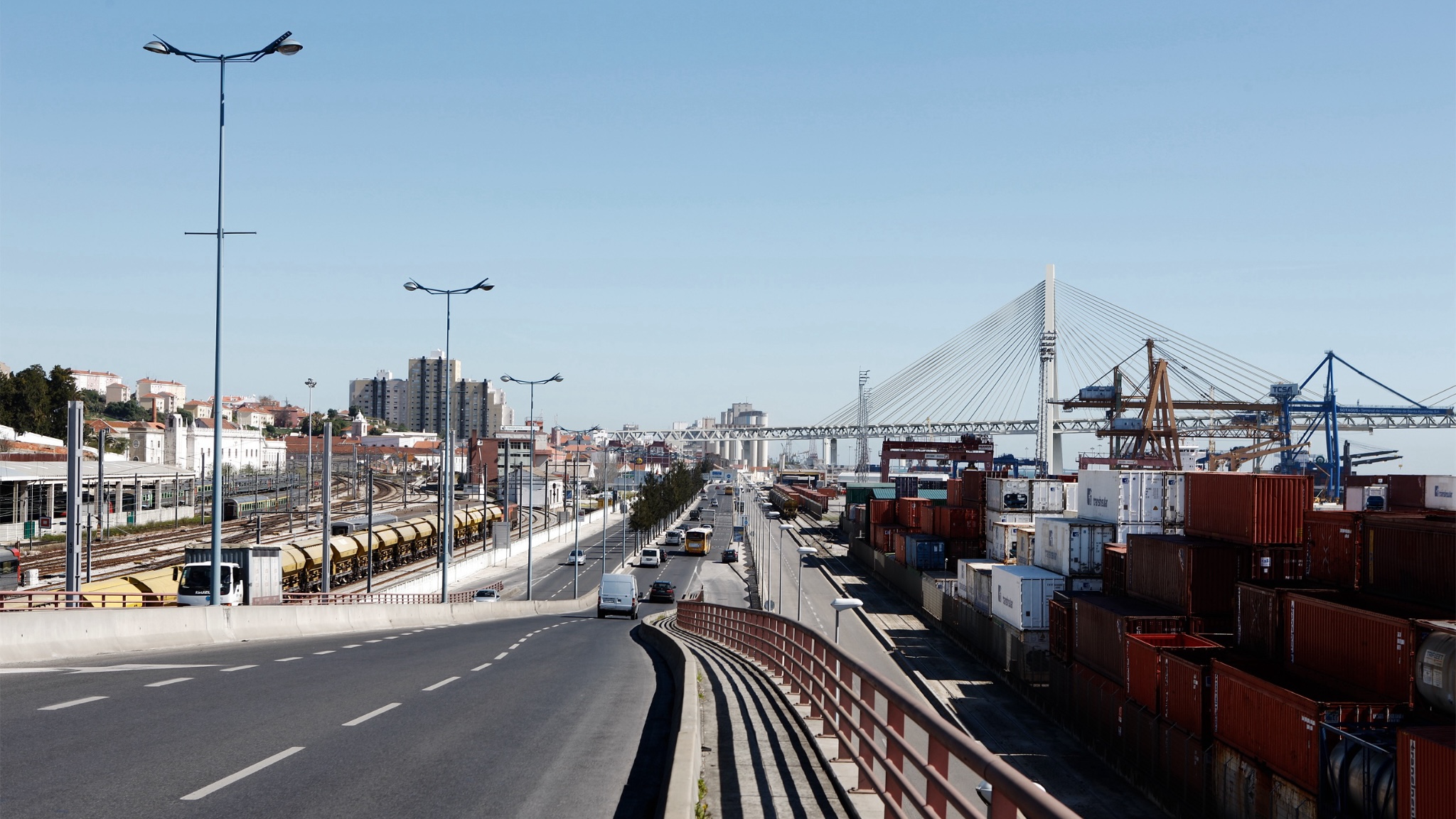
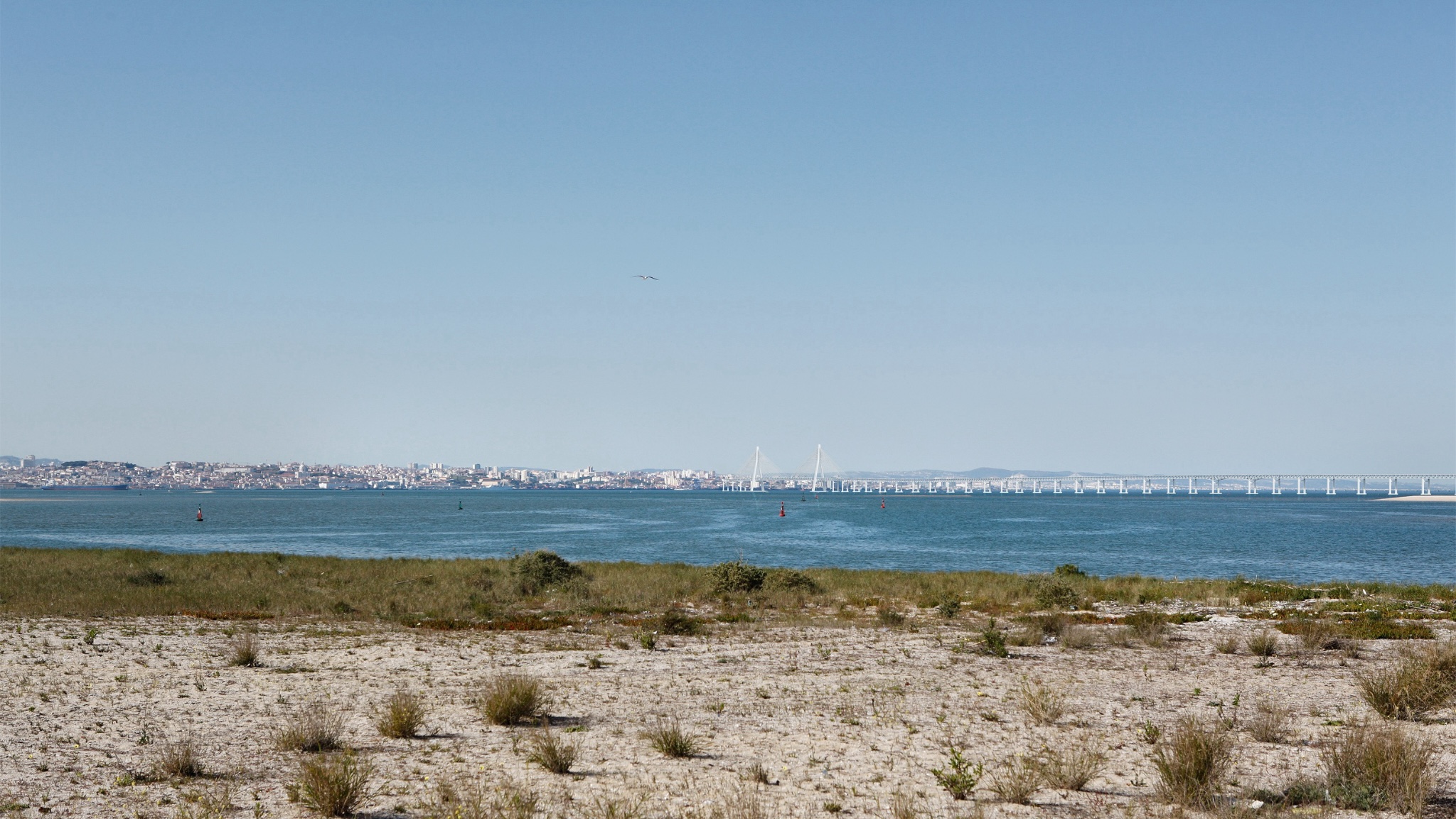
The solution of a bridge with a railway line underneath and a road above solves several problems, according to the government. "The road component complements the existing crossings (25 de Abril and Vasco da Gama bridges), whose level of service and reliability are declining. It also reinforces direct accessibility in the Lisbon-Barreiro corridor and improves accessibility from Lisbon to the Barreiro-Moita-Coina triangle, with time gains that in some cases reach 50%."
The next steps in this process are, according to the government, the completion of studies on the characteristics of the TTT and the definition of a new management model for the three Tagus crossings in Lisbon. This work will be handed over to IP.
